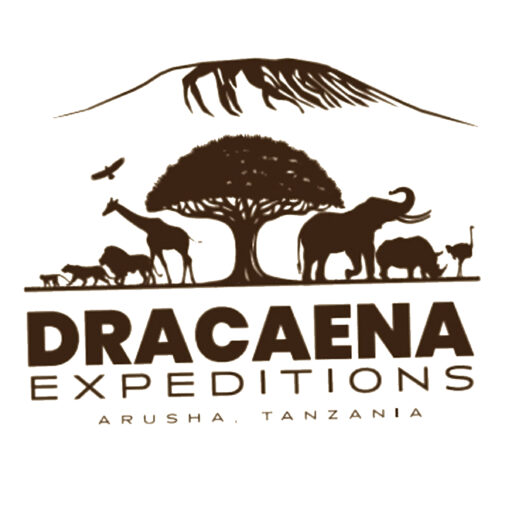
The Ngorongoro Conservation Area (NCA), located in northern Tanzania, is a unique and diverse region that combines stunning natural landscapes with rich cultural heritage. Established in 1959, the NCA covers approximately 8,292 square kilometers and includes the world-famous Ngorongoro Crater, Olduvai Gorge, and various important ecosystems. It is a UNESCO World Heritage Site recognized for its outstanding universal value, both in terms of natural and cultural resources.
The centerpiece of the NCA, the Ngorongoro Crater is the largest intact volcanic caldera in the world. Formed about two to three million years ago, the crater is approximately 19 kilometers in diameter and has a floor area of 260 square kilometers. The steep crater walls rise 600 meters above the floor, creating a natural enclosure for a diverse array of wildlife.


Ideal for game viewing as animals gather around water sources.

Lush landscapes and better bird watching; the calving season (February) offers sightings of newborn animals.

Incredible wildlife viewing opportunities in a compact area.

Unique and breathtaking landscapes, including the iconic Ngorongoro Crater.

Rich cultural heritage of the Maasai people.

One of the best places to see the endangered black rhinoceros
The Ngorongoro Conservation Area (NCA) is committed to preserving its unique biodiversity and cultural heritage. The area is managed by the Ngorongoro Conservation Area Authority (NCAA), which implements a range of conservation efforts to protect the environment and wildlife.
Dracaena Expeditions was born out of a passion for adventure and a deep love for Tanzania’s breathtaking landscapes and rich cultural heritage.
For your convenience, you can also reach us by filling out our online inquiry form below. Please provide as much detail as possible so we can best assist you.